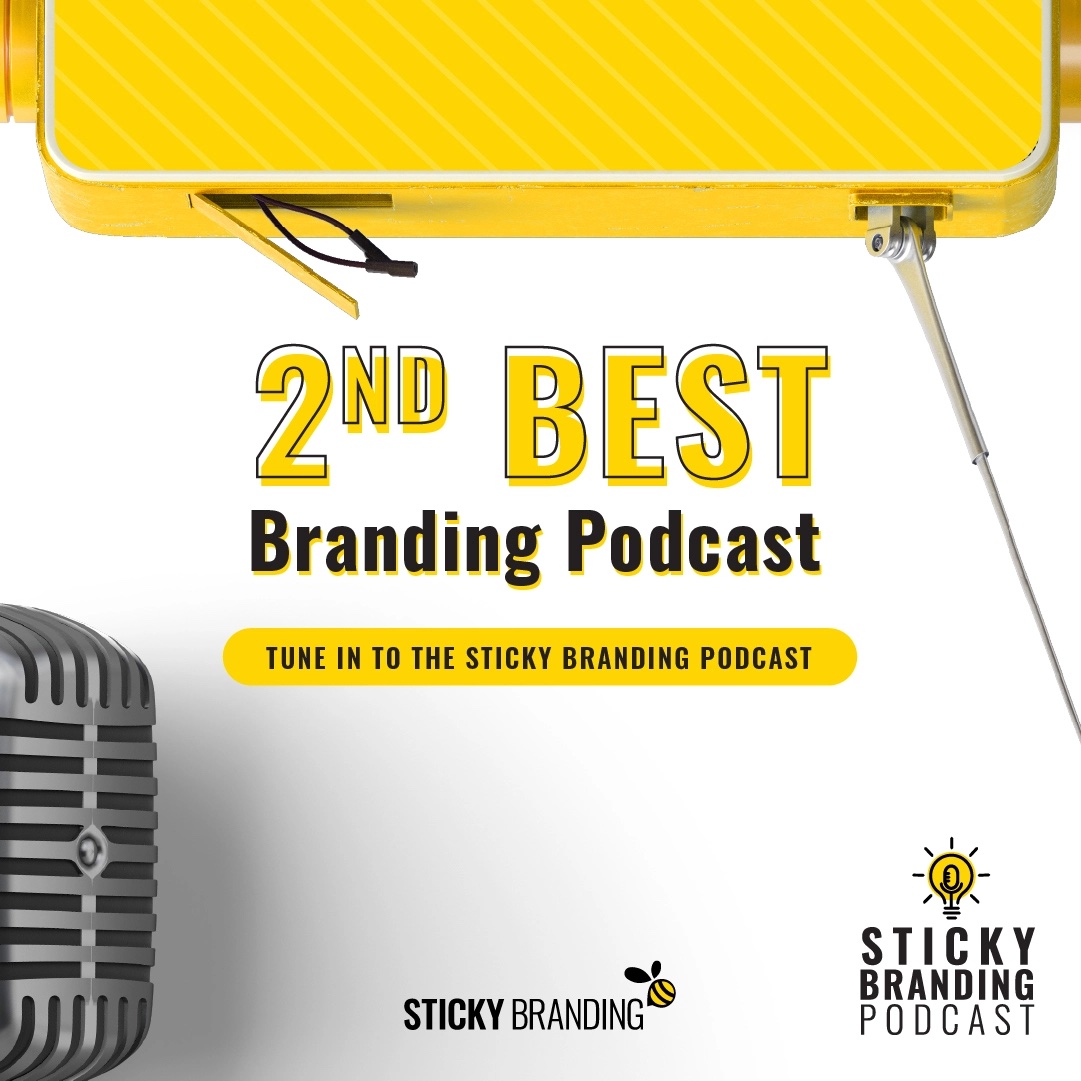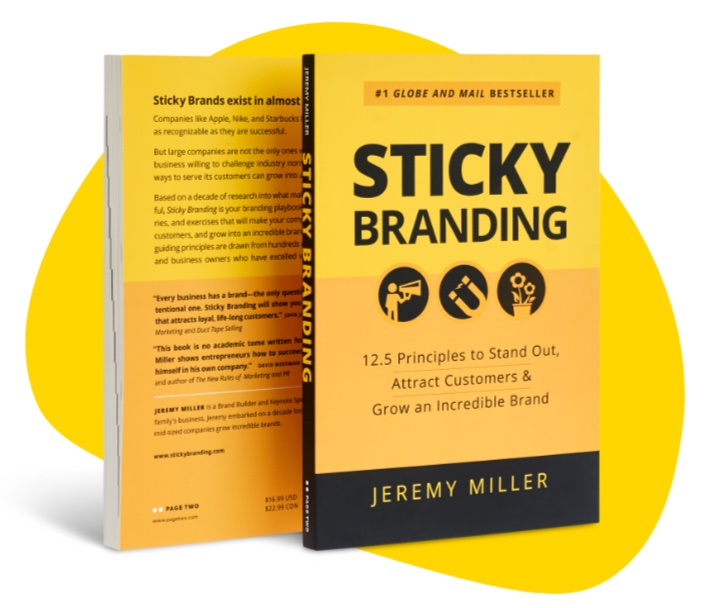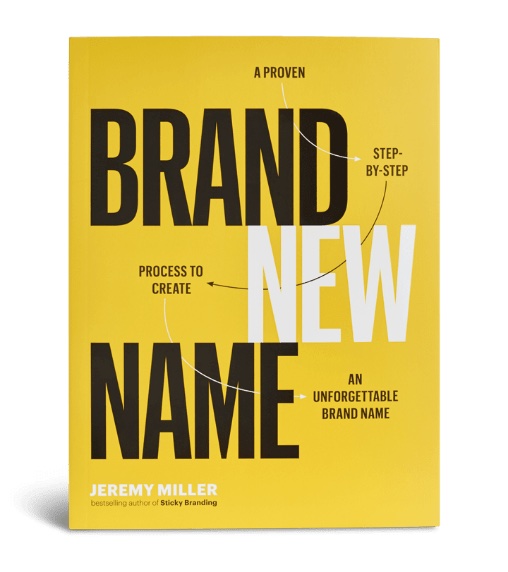Every morning I wake up to CBC Metro Morning, a radio show serving the Toronto market. It’s my routine. The structure and consistency of the program is as important to me as the content. For example, I know I’m late if I’m not in the shower before the news report on the half-hour. The content is interesting, and the format allows me to tune in and out of the show as I carry out my morning.
No matter what type of content we’re talking about, we consume it with some regularity. Thousands if not millions of people crash on the couch every evening, and let the waves of TV wash over them. The TV stations know this, and setup their schedules to accommodate their audiences’ routines. On Tuesdays at 8pm Eastern 7 Central, you can tune into The Biggest Loser on NBC, NCIS on CBS or No Ordinary Family on ABC. Take your pick. Who are you spending your Tuesday evenings with?
Most of our content consumption falls into predictable patterns. You may read the newspaper with your first cup of coffee, or skim Twitter and Facebook while killing time between meetings. We seek out content to fill gaps in our day, for entertainment and for education.
Use an editorial calendar
Producing content is not a hobby; at least not in a marketing context. Treat your content like a TV station. Set a schedule and stick to it.
One of my early blogging lessons is blogging is hard. One, it’s time consuming to produce articles on a regular basis. It takes me two to three hours to write each article plus additional time for editing, setup, publishing and promotion. Two, it’s hard to generate fresh ideas to write about. As with any discipline that requires hard work, you need a schedule. Otherwise it’s too easy to blow off and avoid.
Popular bloggers like Chris Brogan, Mitch Joel and Chris Guillebeau are very open about their publishing schedules. Mitch publishes 6 pieces of content per week: 5 blog posts plus 1 podcast. Chris Brogan publishes 2 blog posts per day, while Chris Guillebeau publishes 2 per week. Their schedules are public, their predictable and they stick to it. This gives their audience comfort to know when to tune into them, and what they can expect when they do.
For me, I am following Chris Guillebeau’s model. I am scheduled to post every Tuesday and Thursday. I found I don’t have the bandwidth to produce more than this on a consistent basis. I may consider increasing my frequency, but only once I have formed the habits and have enough “rainy day” articles to support three or more posts per week.
Consistency drives creativity
Many companies fear the inevitable: what happens when you run out of things to talk about. Sure you may have enough content for a few months, but then what? Don’t worry about it! An editorial calendar drives creativity. When you know you have to deliver, you will. You will seek out the ideas, or they will find you. This is really a false concern.
When you publicly state your publishing schedule you will stick to it. It’s far better to deliver content then to break your promise. That’s the commitment many organizations need to push beyond their comfort zone, and create truly remarkable content on a consistent basis.





